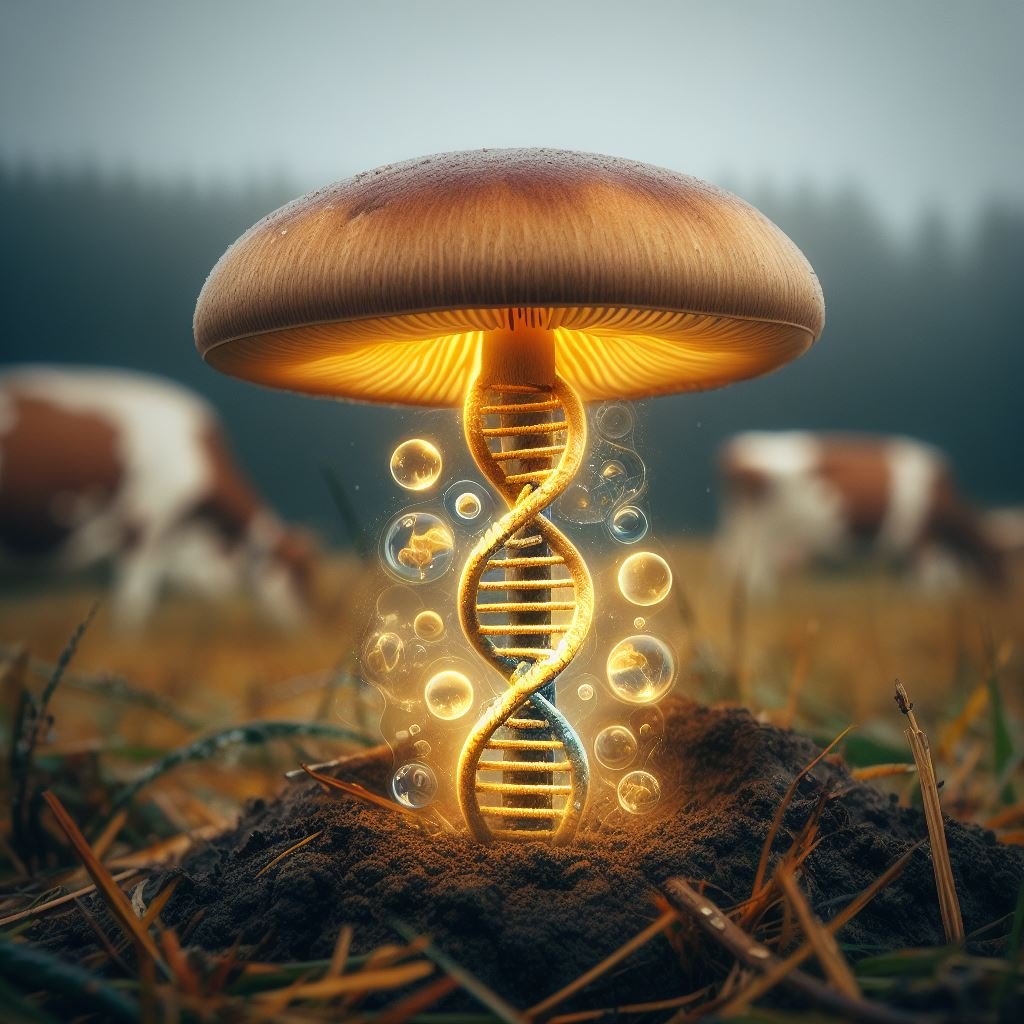When a cube ain’t a cube: Magic mushroom genetics change psilocybin effects
Over the past two and a half years, Dr Alistair McTaggart has been immersed in mycological studies at the University of Queensland. With the end of this contract, Alistair has at last felt free to share the origins of his fascination with magic mushrooms. If you’re new to the world of magic mushrooms, continue to the end of this article for a simple video introduction to the two species we discuss; Psilocybe cubensis and Psilocybe subaeruginosa.
Many moons ago, a personal experience of psilocybin steered Alistair’s career trajectory towards mycology. It took sixteen years of dedicated study in the field, before Alistair was at last able to delve professionally into the intriguing realm of magic mushrooms.
“This hypothesis challenges the conventional wisdom that attributes the psilocybin experience solely to 5ht2a receptor binding, set and setting. ”
On this curious career path, one question persisted for Alistair: What is the purpose of psilocybin in the wild? While he typically refrains from forming opinions on such things, Alistair’s extensive research into the allelic variation at the psilocybin locus has led him to some intriguing conclusions. Alistair believes we are on the cusp of a pathway toward what Alistair call "designer shrooms."
To understand this concept of designer magic mushrooms more completely, let's delve into the background of psilocybin. Psilocybe, the genus to which most magic mushrooms belong, has evolved for millions of years, honing its production of psilocybin in different niches across the globe. Psilocybin targets serotonin receptors in metazoans, which includes all animals and their ancestors who first were impacted by psilocybin millions of years ago. Over time, through an evolutionary arms race, different species of Psilocybe produced psilocybin to deter, attract, or manipulate their predators such as slugs, nematodes, and insects.
Consider this: different species of Psilocybe may have evolved to produce psilocybin tailored to their specific predators. Furthermore, within a single species, allelic diversity can lead to variations in the psilocybin experience. Imagine two mushrooms within the same species—one causing wood lovers paralysis and the other not—due to differences in their genetic makeup.
This hypothesis challenges the conventional wisdom that attributes the psilocybin experience solely to 5ht2a receptor binding, set and setting. Instead, Alistair propose that a myriad of factors, including genetic diversity and environmental influences, contribute to the psychedelic journey. Psychedelic effects are more than just receptors, where you are and what you’re listening to. By expanding our understanding of psilocybin's effects, we open the door to the possibility of tailored psychedelic experiences—what Alistair refer to as "designer shrooms."
As we continue to explore the complexities of psilocybin, let us remain open to new perspectives and embrace the multifaceted nature of the psychedelic experience. Different populations of Psilocybe subaeruginosa sare most likely different at their psilocybin genes, so if you’re harvesting magic mushrooms from different sites, keep them separate and see if you can tell the difference…
If you enjoyed watching Alistair’s most recent presentation, make sure to watch his previous talk on magic mushroom genetics at EGA Garden States 2022 below, and to read his two recent papers on the topic. One article is on Psilocybe subaeruginosa, the other on Psilocybe cubensis.
For those wanting a more simple introduction to these two magic mushroom species, please enjoy the videos below. For more simple introductions to other magic mushroom species, check out this playlist. Also, be sure to read our Psilocybe subaeruginosa reference guide.

